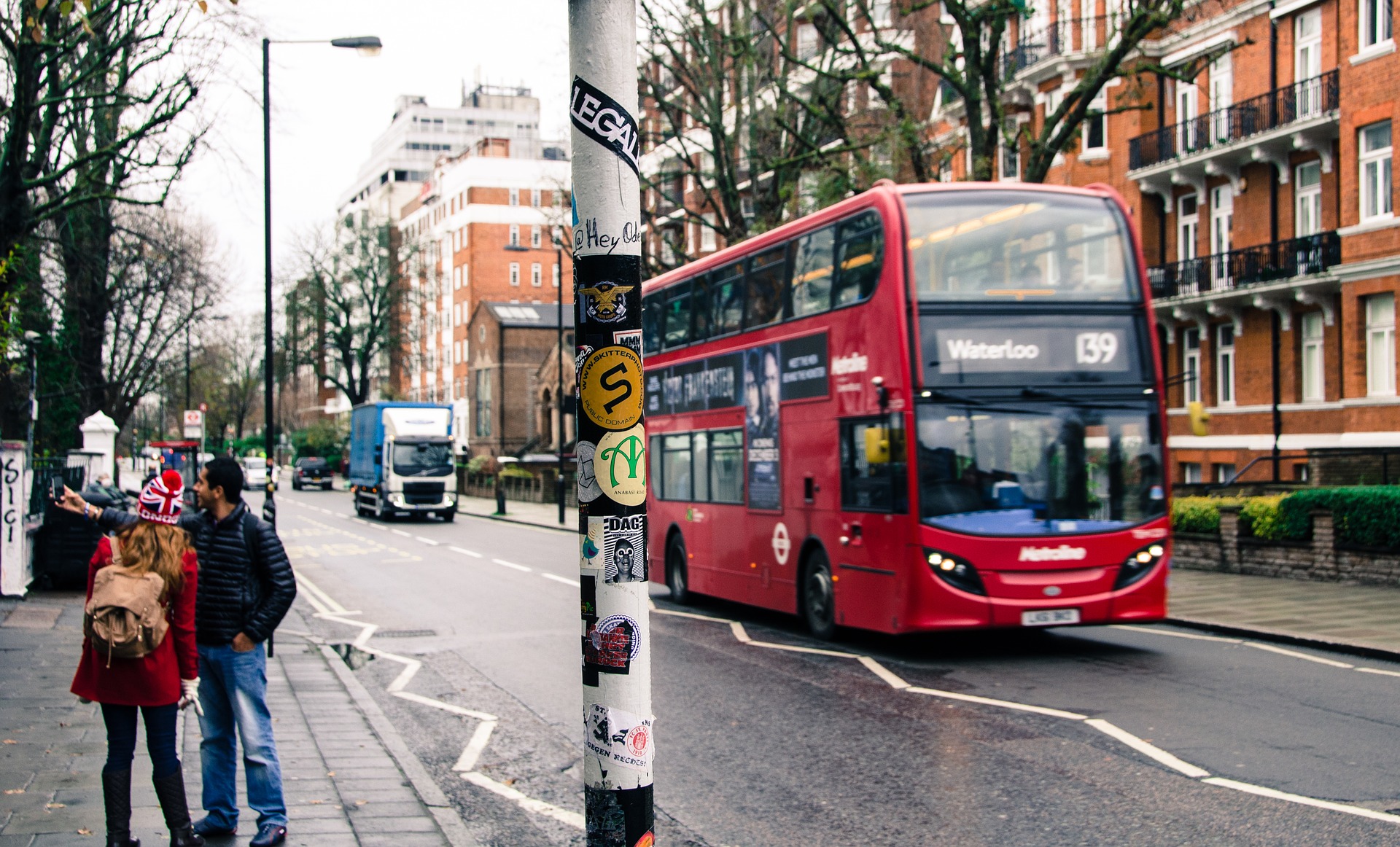Green recovery must focus on the local variations in air pollution
A green recovery from Covid-19 should combine decarbonising the economy with improving local variations in air quality, according to a report published yesterday (June 9) by non-profit organisation Energy Systems Catapult.
The report highlights that although decarbonisation does deliver a reduction in air pollution, this still falls short of the targets made in the National Emissions Ceilings Directive.
The authors have suggested that in order to achieve any meaningful changes to air pollution the government should consider significant changes to the energy system design.
The cost of damage caused by poor air quality means the transition to net-zero may differ significantly between areas across the UK. For example, faster decarbonisation is needed in cities, particularly in the shift to electric vehicles and public transport.
According to the report, this very localised nature of air pollution highlights the importance of taking a local approach to green recovery.
The authors of the report have also highlighted that some air pollutions issues will not be solved through decarbonisation, for example, the particulate matter (PM2.5) pollution from brakes, tyres and road ware will still exist as we transition to more electric vehicles.
Energy innovation research office manager at Energy Systems Catapult, Dr Adam Thirkill said: ‘Many cities have benefitted from cleaner air as an unintended consequence of lockdown measures — although this is balanced against the threat of infection, economic downturn and an impact to our general sense of freedom — it has nonetheless provided a glimpse of what could be achieved with respect to air quality with the right policies in place.
‘Exposure to air pollution has been linked to an estimated 40,000 deaths per year in the UK.
‘More recently, scientists have made links between long term exposure to air pollution and an increased risk of death from COVID-19. And, whilst the contribution to the spread of the virus remains unclear, coronavirus has been discovered attached to airborne particulate matter.
‘Our analysis shows that while cutting carbon emissions also reduces air pollution, these reductions are not enough to meet air quality targets laid out in the National Emissions Ceilings Directive.’
Photo Credit – Pixabay

















